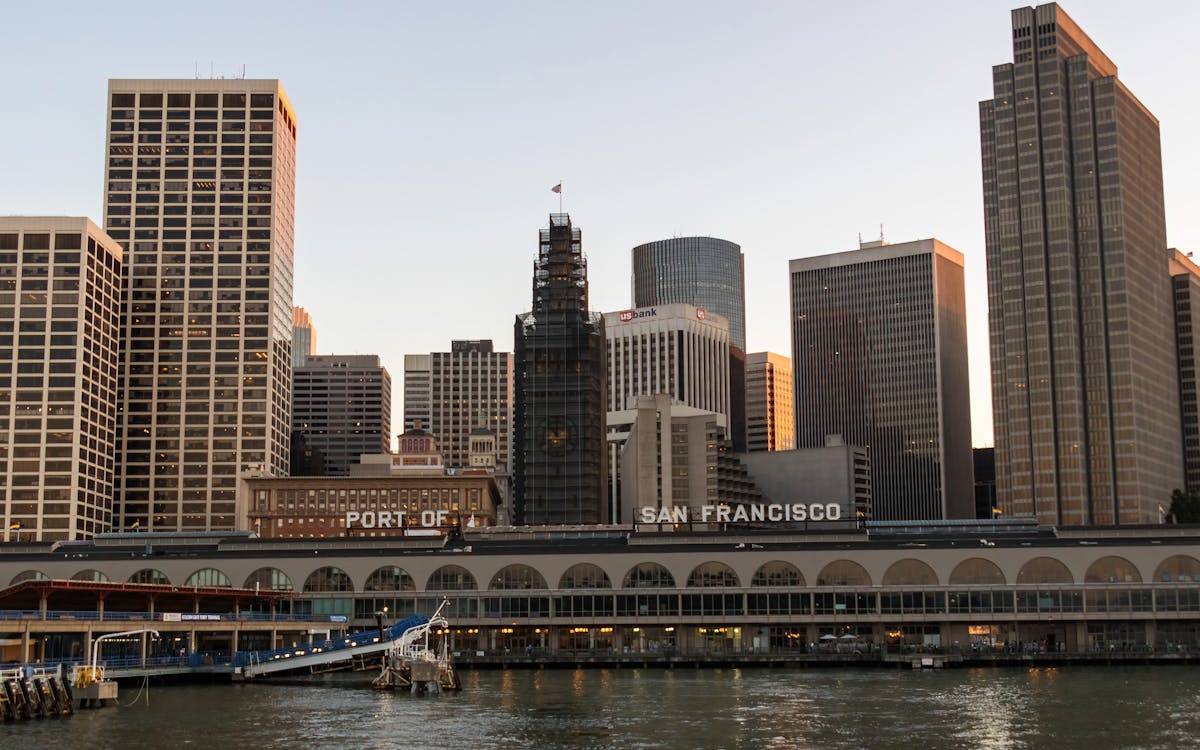A New Tide: How Communities Are Restoring the Bay
A New Tide: How Communities Are Restoring the Bay
Blog Article

Why Restoration Matters More Than Ever in the Bay Area
Over the last few years, the San Francisco Bay has actually weathered the influence of city development, commercial advancement, and climate change. Once including wildlife and lush marshes, a lot of the bay's natural ecosystems have actually been fragmented or weakened. Yet amidst these difficulties, something amazing is happening: neighborhood citizens, volunteers, and grassroots initiatives are leading a wave of ecological repair that's bringing new life back to the Bay.
Restoration isn't nearly planting trees or tidying up trash, though those initiatives are very important. It's regarding restoring the foundations of life, from marsh grasses that sustain fish baby rooms to shoreline barriers that guard against flooding. And in this area, the power of neighborhood participation is turning the trend very reasonably.
From Marshland to Miracle: The Return of Native Habitats
Among the most noticeable changes occurring in the Bay Area is the re-emergence of indigenous habitats. Wetlands that were as soon as drained or paved over are being rehydrated and replanted. Yards and shrubs native to the area are being cultivated by neighborhood teams, that typically count on local volunteers to assist expand seed startings and manage controlled planting occasions.
These indigenous plants do greater than include greenery to the landscape. They provide sanctuary to migratory birds, pollinators, and tiny creatures, creating pockets of biodiversity amid hectic metropolitan areas. As these environments increase, so does the ecological health of the Bay itself. When regional citizens take time out of their weekends to get their hands in the soil, they're not just planting-- they're participating in the remediation of a living, breathing environment.
The Role of Education in Fostering Environmental Stewards
Education and learning plays an important part in why these community-led efforts are functioning so well. Schools, area facilities, and not-for-profit teams are organizing hands-on discovering experiences where participants of all ages can understand the science and significance of restoration. These programs frequently bring people face to face with concerns like disintegration, pollution, and water level surge-- topics that can feel abstract until they're seen up close.
When a person sees the fragile balance of a tidewater or discovers how a solitary plant types can filter toxic substances from the water, the worth of that expertise ends up being individual. And keeping that understanding comes the motivation to act. Recovering environments ends up being much less of a task and even more of an objective. This deep link to regional rooms is what sets the Bay Area apart and gas the long-lasting success of these initiatives.
Utilizing the Digital World to Drive Real-World Change
Surprisingly, the push to recover the Bay's communities isn't taking place in isolation from the digital globe. Technology is ending up being an effective device in rallying support, spreading out awareness, and linking areas. Whether through citizen scientific research applications that track indigenous species or community discussion forums arranging restoration events, the on-line room is complementing boots-on-the-ground action.
Recently, also neighborhood outreach approaches have actually advanced. For example, a social media marketing agency in the Bay Area may sustain ecological campaigns by helping volunteers amplify their influence, inform their stories, and inspire others to get entailed. These electronic touchpoints have the power to turn a tiny weekend break clean-up into a local motion simply by allowing people know it's taking place-- and that it matters.
Email Campaigns That Inspire and Inform Local Change-Makers
Another electronic technique making a tangible distinction is email interaction. Updates regarding restoration events, seasonal growing efforts, and contribution drives are frequently shared via very carefully crafted newsletters that strike an try this out equilibrium between being insightful and inspiring. It's not unusual for a well-timed campaign from an email marketing agency in San Francisco to bring a thrill of volunteers or contributions to a project in need.
These e-mail projects aren't just transactional-- they're transformative. By informing clients about the direct effect their participation has, they support long-term interaction. Visitors involve seem like stakeholders in the health of their region, and that emotional connection equates to lasting dedication.
The Unseen Work of Connecting Data, Communities, and Nature
Behind every effective restoration project lies a complex web of control. There's research to understand what habitats need most, community feedback to form comprehensive strategies, and follow-up surveillance to make certain success. This sort of recurring initiative usually calls for not simply heart, however data, technique, and communication.
That's where the support of a digital marketing company in the Bay Area can make a silent however important difference. By aiding organizations build solid digital systems, gather understandings, and refine their messaging, these groups allow community teams to scale their impact. The outcome is a more linked and efficient activity, where every action counts, and everyone feels like they're component of something larger.
The Power of People in Preserving the Bay's Future
If there's something the Bay Area has actually shown, it's that restoration doesn't need to begin with big institutions or massive budget plans. It can start with one neighbor pulling weeds from a route, one student planting an indigenous seedling, or one family appearing to a coastline cleanup. These little activities build up, especially when they're sustained by clever strategies and shown the wider area.
There's something uniquely enthusiastic about seeing the tides turn-- both figuratively and actually-- for nature. The Bay is much from totally restored, but it's being revived everyday with the perseverance and treatment of those that call this area home. With each marsh rebuilt and each indigenous varieties protected, we're not just restoring communities-- we're envisioning what's possible when neighborhoods lead with function.
Keep following this blog for more stories on regional change, community impact, and the ways you can be part of safeguarding the natural beauty that borders us.
Report this page